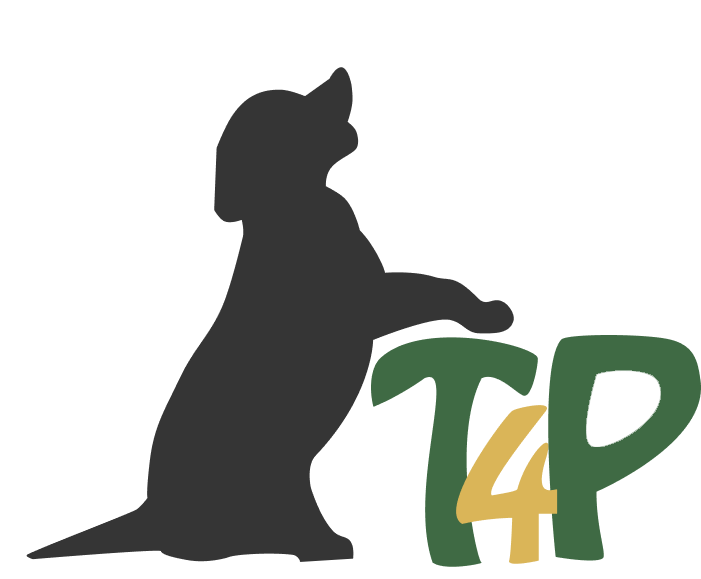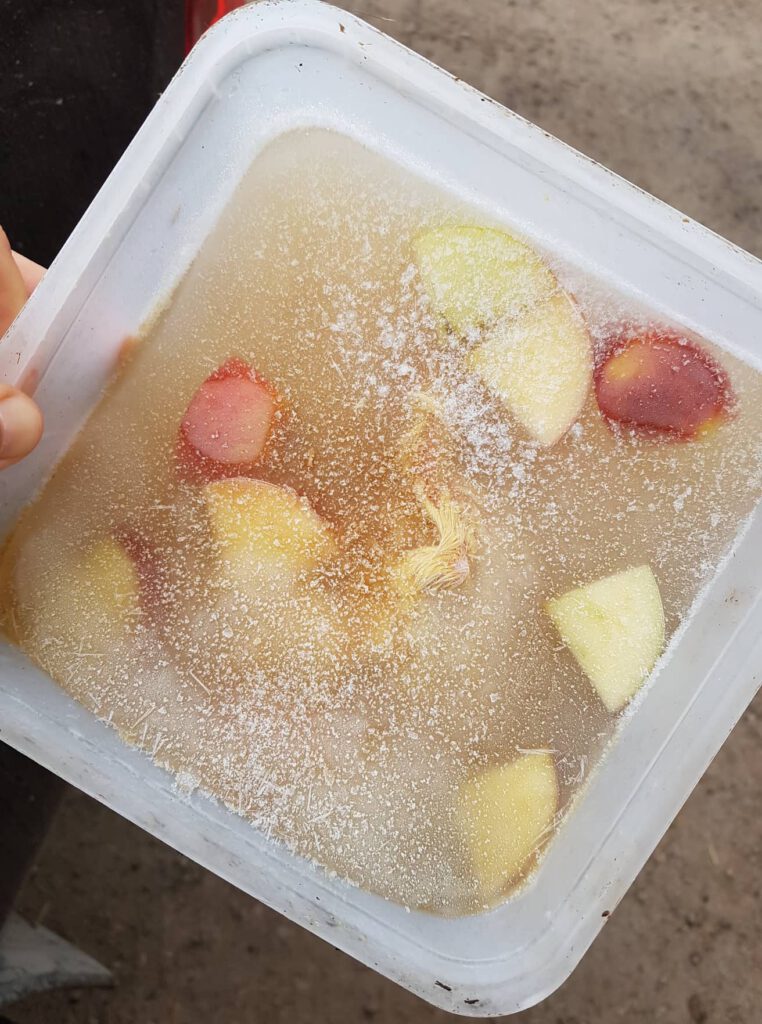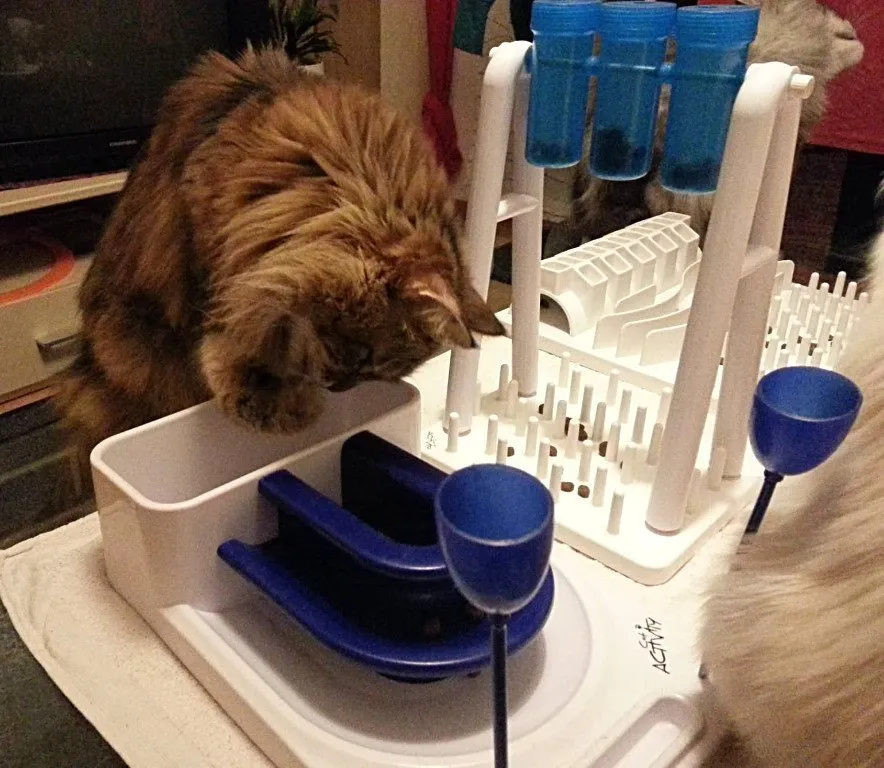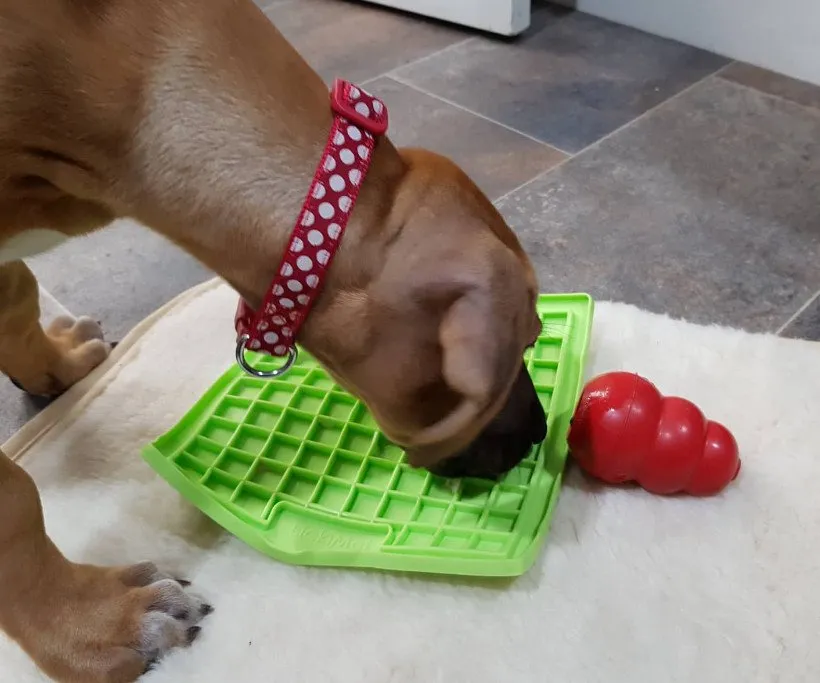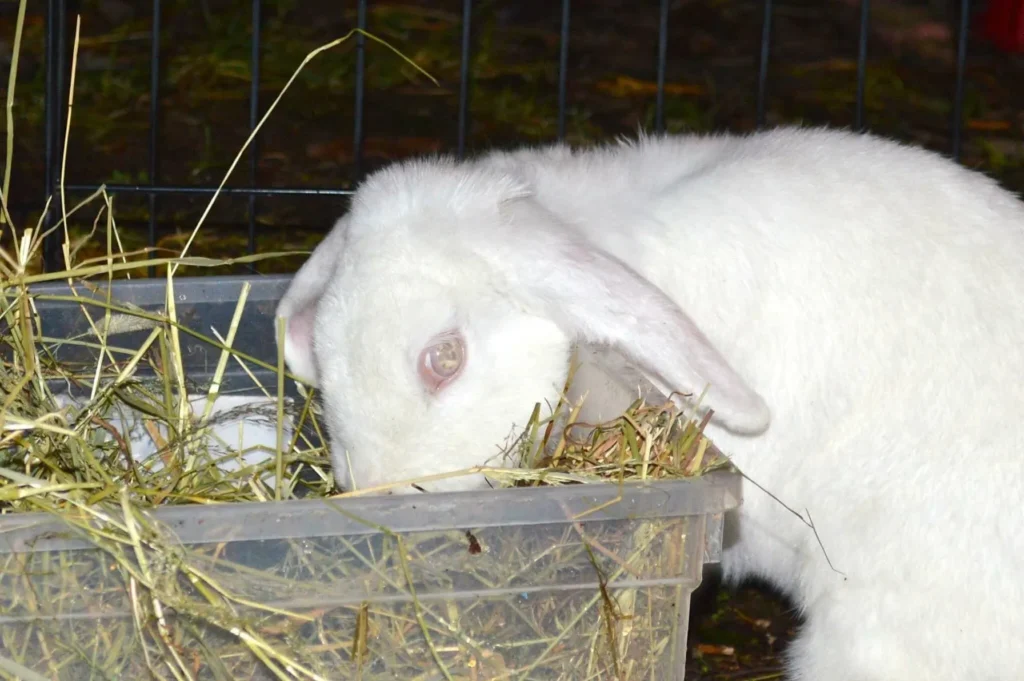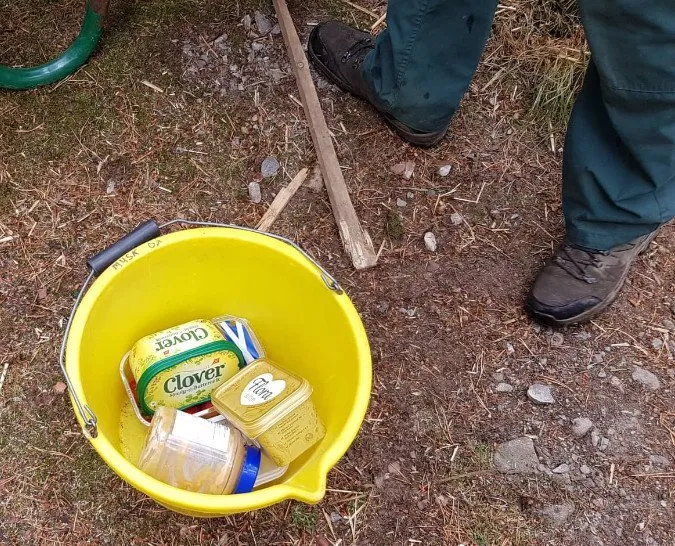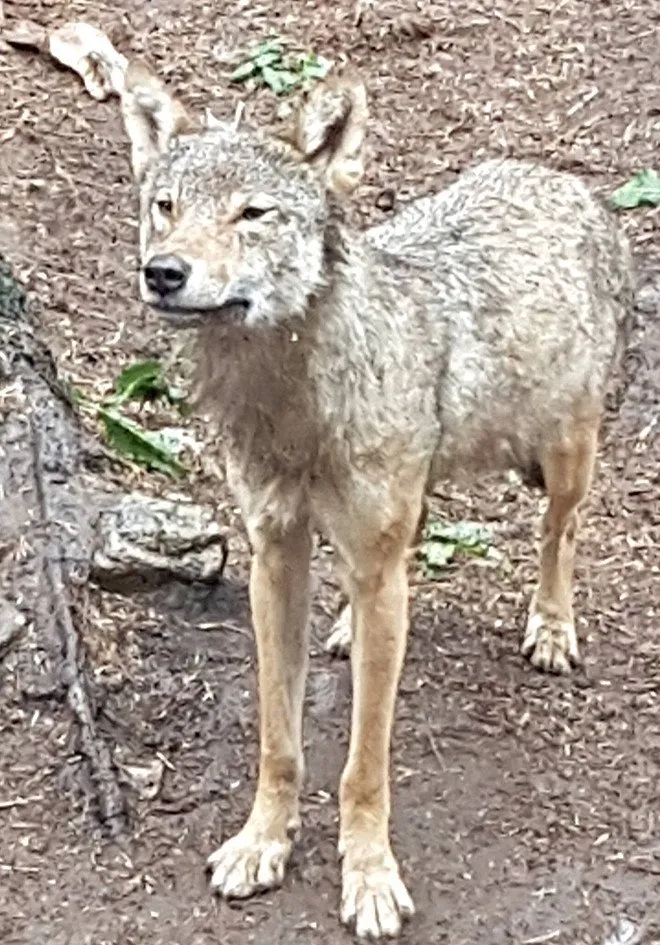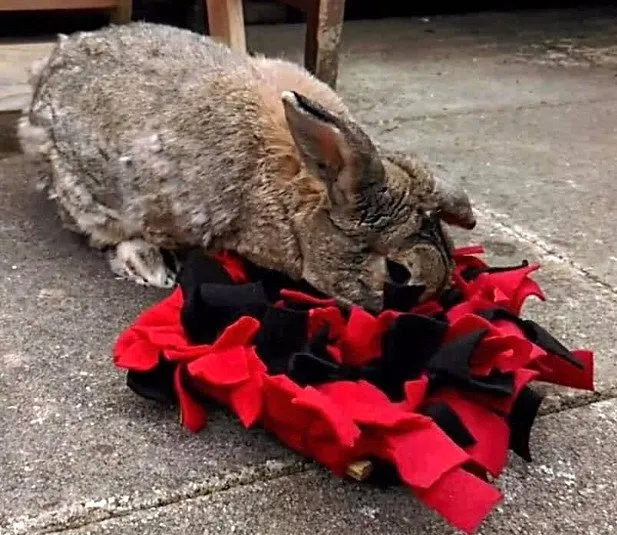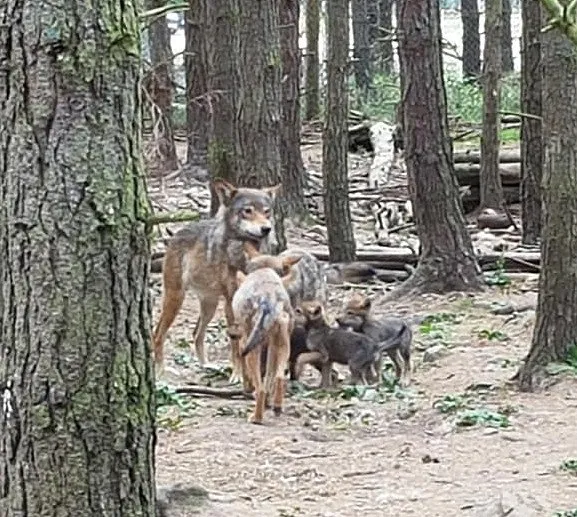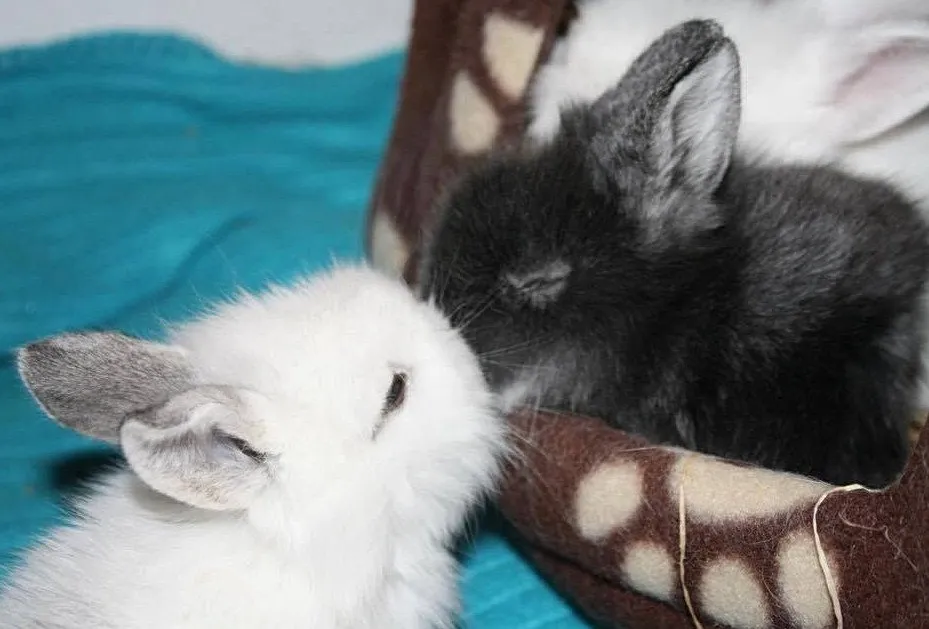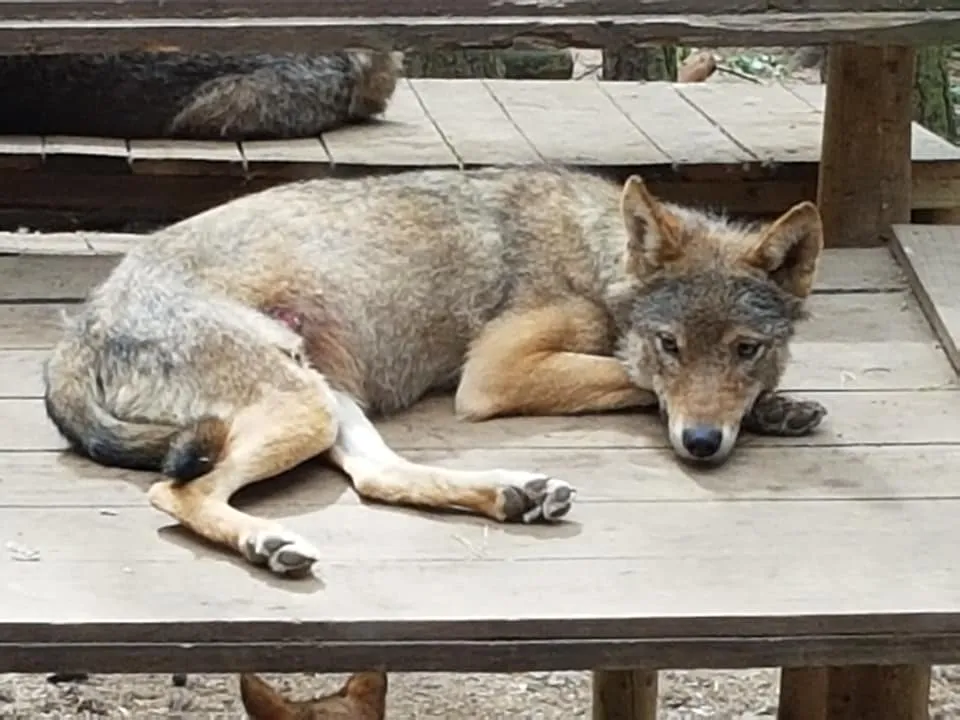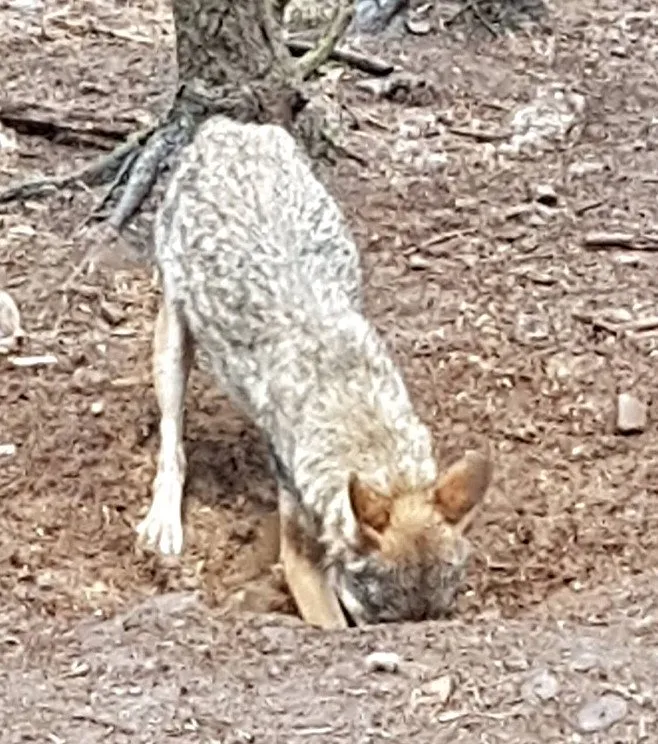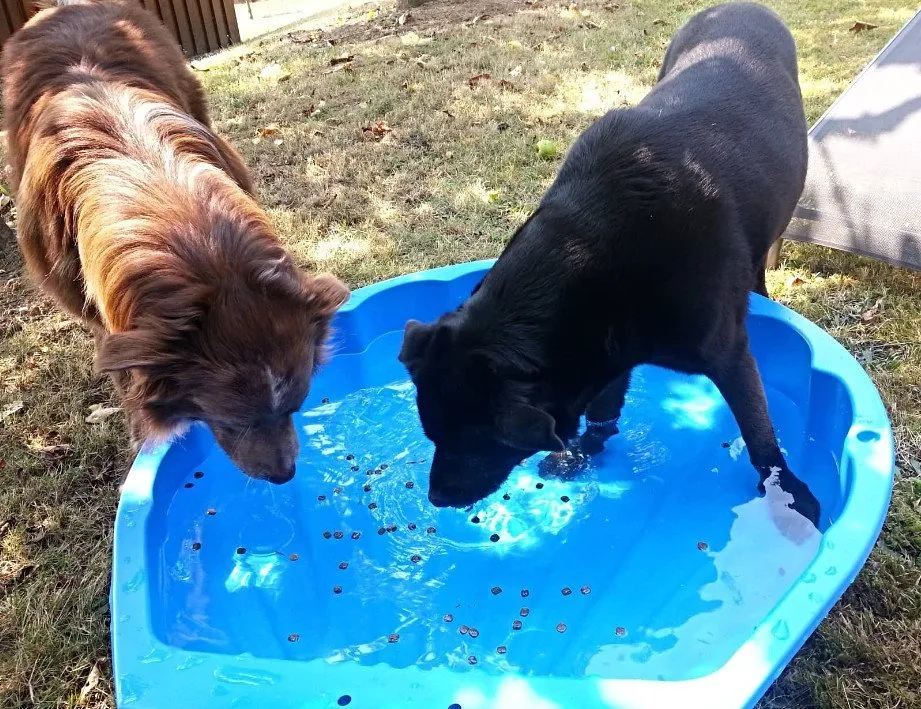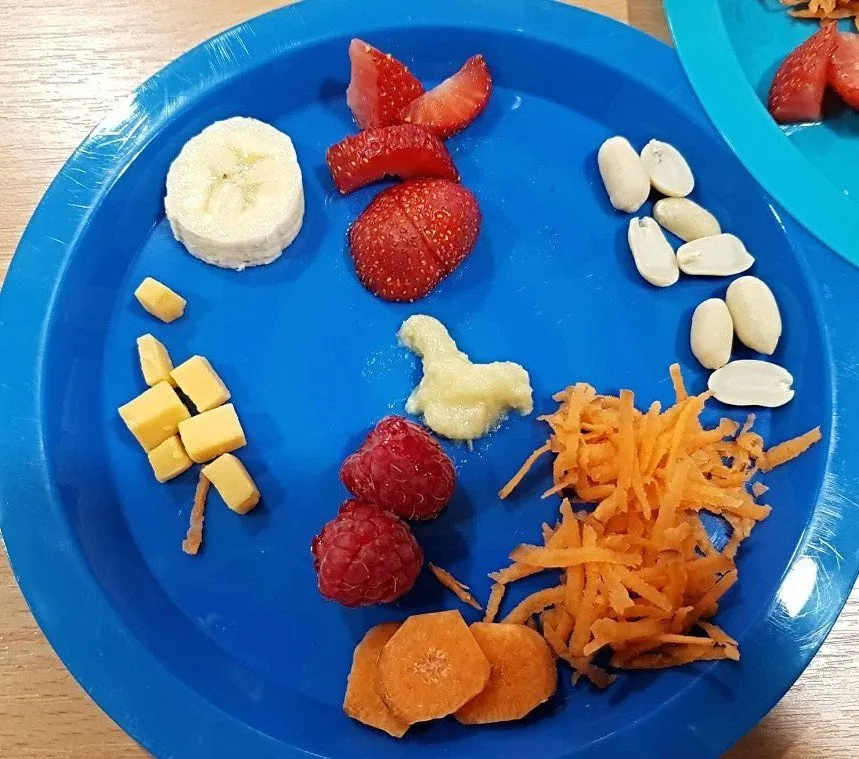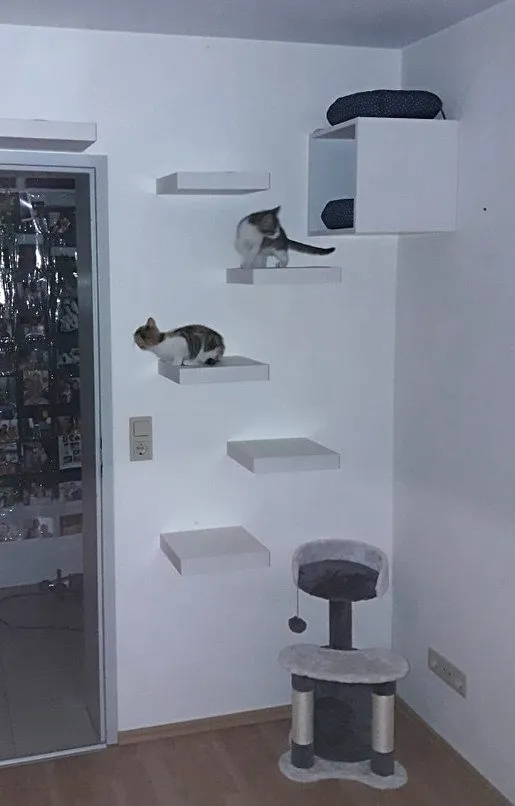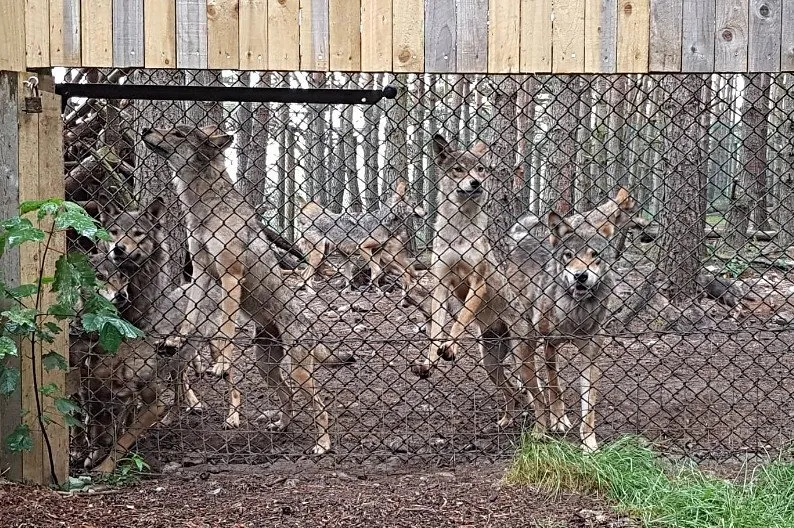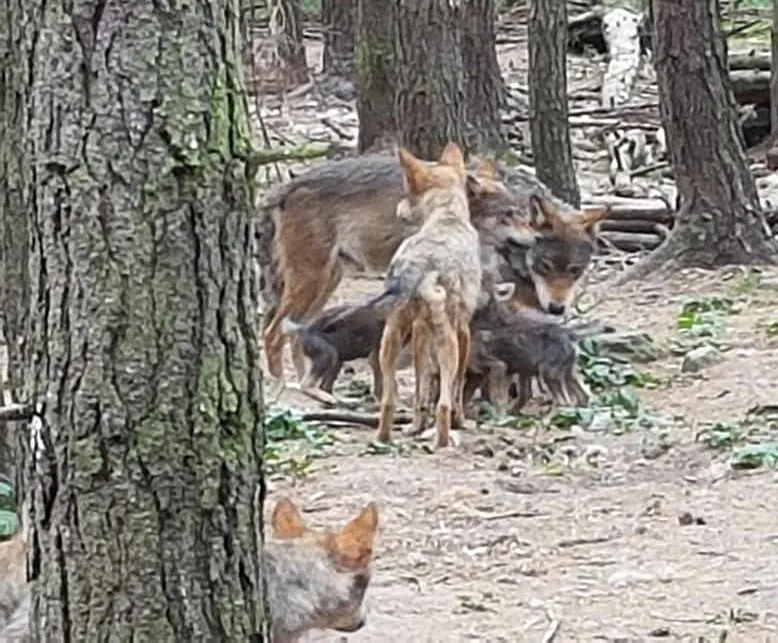Enrichment - Bring the world into your pet's living room!
A visit to the Enrichment Day of the wolf family at the Highland Wildlife Park and what we can learn from it for our pets.
Our pets live in the land of plenty! The next meal is delivered punctually into the bowl, the territory is secured, they are taken for a walk around the block twice a day and in the evening they get their cuddles on the couch. The perfect life – or maybe the perfect boredom?
No matter if zoo animals or pets, we determine their entire life: Where they live, with whom they have contact, when and what they eat, with whom they reproduce, in dogs even when they are allowed to eliminate.
How can we enrich life for our pets?
Taking a look intothe keeping of zoo animals is well worthwhile here. Animal keepers are the true experts when it comes to making the lives of the animals in their care as liveable as possible.
Opinions tend to differ sharply about whether it makes sense to keep wild animals in zoos. But one thing is clear: The keeping of wild animals in captivity according to the standards of animal wellfare is much more demanding than the keeping of our domesticated pets. In case of prolonged boredom or stress, wild animals are prone to develop stereotypes. Although it seems that our pets cope better with the fact their whole lives are determined by us humans, this doesn’t mean that taking an effort to improve their quality of life is not wothwhile.
As part of my Erasmus for Young Entrepreneurs exchange program with Lothlorien Dog Services in Scotland, I was given the opportunity to spend three days with the wolf pack at the Highland Wildlife Park in Kincraig, assisting the team of keepers in their daily work routine and giving feedback on their training with the wolves. A highlight, both for me and for the wolves, was the weekly Enrichment Day.
What is Enrichment?
The idea of Enrichment comes from zoo animal husbandry and describes a concept to avoid the development of stereotypes through boredom and to give the animals the opportunity to use body and mind according to their genetic make-up (Source: Wikipedia)
Enrichment is a holistic concept, which aims to give the animal the opportunity to make self-determined decisions and to experience self-efficacy. The animal is not helplessly exposed to its environment, but has control over what happens.
Enrichment consists of five equally important categories:
1. Food Enrichment – simple and effective, because every animal has to eat!
Instead of inhaling their food from the bowl within 30 seconds, the wolves have to spend quite a while looking for and accessing food.Therefore, the food is hidden and scattered in the enclosure, packed into cardboard boxes, or frozen in blocks of ice.
What do your pet’s wild relatives have to do to get their food? Climb trees? Dig holes? Stretch their neck to reach the highest trees? Chase prey?
Of course, you can not serve live animals to your dog and cat. Also in zoos it is forbidden for animal protection reasons to feed living prey animals to the predators. But you can simulate the sequences of the predatory drift by, for example, rolling, throwing, scattering or dragging treats. Play the 10 Treats Game or the Stalking Game with your dog or cat to meet his predatory needs.
Cats love to use their paws. Let your cat fumble her dry food from an egg carton or a cat activity board.
Scatter yourdog’s kibble on a snuffle mat and put his canned food into a Kong or on a licki mat. There are plenty of ideas and recipes on the Internet.
Even for small animals, horses, fish and birds, there are ideas on the Internet about how they can work out their food.
2. Sensory Enrichment – sight, sound, touch, smell and taste
Wolves are very curious animals who love to explore new things by chewing on them, sniffing and destroying them. Every new smell or taste on the tongue fuels the synapses in the brain. The team therefore collects boxes containing remains of yoghurt, jam, butter, honey or sauces. They enrich the enclosure with raspberry twigs, from which the wolves pick the berries, scatter strawberries on the ground, or give the wolves ice blocks in which different vegetables and fruits are frozen in a light gravy.
Whole cabbages or cardboard boxes are given to the wolves to shred and scatter throughout the enclosure.
The team spikes the bark of the trees with herbs, such as catnip or clove and sprays perfume on the edge of the enclosure, to animate the wolves to sniff and scent mark. One of the keepers told me that Jax, the breeding male’s favourite is Chanel No. 5.
In one area of the enclosure, the team put an old picknick table from the park’s playground. How many sandwiches might the wolves be able to sniff on it?
Activate your pet’s senses!
How about a lookout by the window for your indoor cat? Let your dog walk on different surfaces or go fishing for floating treats. Let your pet examine your shoes or the shopping basket before you clear out the goods. But beware, it is possible that your pet may scent mark his territory because of the odors from outside. In zoo animals, this effect is desired, as it stimulates natural marking behavior … but it’s not so nice on your shopping. Confront your animal with unusual foods (Caution! Check beforehand if the food is non-toxic for your pet!) That too is enrichment: an occasional visit to the burger restaurant. If the dog is healthy, why not?3. Cognitive Enrichment – fire up those brains!
Training based on positive reinforcement can be done with all species. Learning tricks, just for fun or doing some husbandry training for stressfree visits to the vet, keeps your pet mentally fit, promotes self-confidence and generates feelings of happiness and contentment. On Enrichment Day at the Highland Wildlife Partk, Ihad the pleasure to watch and give feedback on some nicely structured and calm training to send the wolves on cue from one part of their enclosure through a slide into another part and back.Beware of Frustration!
Food puzzles are not about making it harder and harder for your pet to get his food. Especially when your pet is hungry and his blood sugar level is low, the fun tilts easily into frustration when the task is too difficult. You do not want to have to solve a crossword puzzle every time before you are allowed to eat your steak. Make sure the task is solvable and your pet enjoys it. For safety reasons, please never leave your pet alone with a food toy.
4. Social Enrichment – confirmed bachelor or happy family?
The wolves at the Highland Wildlife Park live right next to a herd of reindeer. The smell and the sight of each other, keep the natural instincts of both species awake.
The enrichment program of the Wolf family also includes sniffing the used beddings of other zoo animals, which wolf dad Jax scent marks to secure the territory and in which the youngsters prefer to wallow.
Social enrichment also means that animals in captivity live in the same family units in which they would live in the wild.
Just like a wild pack, the wolves in Kincraig are a family, consisting of the two breeding adults Jax and Ruby and their offspring of the last two years. Wild wolves leave the family when they reach sexual maturity and look for their own territory and partner. This is why recently, several mature offspring from Highland Wildlife Park have been transferred to other wildlife parks, so as not to endanger the stability of the family structure.
Social enrichment is qualitiy time that you spend with your pet!
Still we should ask ourselves, in which family form would our pets live in the wild? With a partner or in a herd / swarm? We humans can be social partners for our animal, but we are never able to replace a partner of the same species. For many pet species, keeping them single is a torment.
Physical Habitat Enrichment – providing a positive environment
The habitat of the zoo animals should be as much as possible modeled on their natural habitat and designed so that the animals feel safe and can live out their natural instincts.
The wolves in the Highland Wildlife Park have several elevated retreats and places to hide. They are able to dig and bury their share of the prey.
Especially in animals that live in cages, terrariums or aquariums, it is worthwhile to intensively think about the design and the size of the habitat. How can you structure the habitat? On how many levels would your pet live in the wild? Does it dig tunnels, does it like to scratch, does it hide, does it need a retreat or does it build a nest? What should the bedding be or the nesting material?
Indoor cats need at least one, better several elevated retreats for their peace of mind. Ideal are catwalks, made of shelves that connect the individual retreats or even several rooms at an overhead height.
Pretty much anything that is non-toxic and safe finds its way into the wolf enclosure at the Highland Wildlife Park. The team invests a lot of thoughts and a lot of time in ideas, to enrich life for the wolf pack and to make it possible for them to live their natural behavior, have choices about their environment, feel good and stay healthy.
The wolves waiting for the slide to open, so that they can get into the part of the enclosure where the enrichment takes place.
We can derive countless ideas for our own pets from the zoo animals’ enrichment programs.
Whether dog, cat, mouse, goldfish, budgie or iguana. With a bit of imagination and the help of Google, you will be able to enrich the everyday life of your pet with ideas from the five enrichment categories.
Thank you Marc Enderby and team from the Highland Wildlife Park, Kincraig for the wonderful experience of visiting your wolf family.
Thank you Lhanna for the adorable bunny enrichment pics and your amazing work you do for Fairly Beloved Rabbit Care!
https://www.colchester-zoo.com/explore/environmental-enrichment
